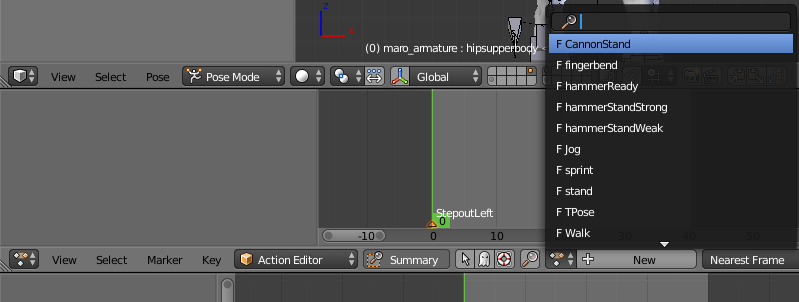

Your results are summarized in Table Q12-25B, where a minus sign indicates an absence of a type of protein and a plus You then determine the amount of phosphorylated and unphosphorylated ATP-ĭriven ion pump protein in each sample. Pump protein to the solutes shown in Table Q12-25A. When you add Zn2+ and ATP to the solution outside such vesicles, you find that That all of the protein molecules are in the same orientation in the lipid bilayer.)

Protein into phospholipid vesicles containing K+ To study its action, you incorporate the unphosphorylated form of the The pump protein exists in a phosphorylated and an unphosphorylated form and works in a similar way to the Na+-K+ pump of animal cells. The Aeroschmidt weed contains an ATP-driven ion pump in its vacuolar membrane that pumps potentially toxic heavy metal ions such as Zn2+ and Pb2+ into the vacuole. You expect to see them in the erythrocytes of your patient. Consider yourĪnswer from part B and redraw SPT profiles for Band 3 populations as Interferes with interactions between spectrin and Band 3. You have a patient who carries a mutation in the spectrin gene. These erythrocyte pathologies are characterized by loss of the normalīiconcave disc morphology and early clearance from the bloodstream.Ĭ. Multiprotein junctional complexes can disrupt the overall cell morphology. Explain your reasoning.ĭefects in any of the membrane proteins that participate in the Draw the single-particle tracking (SPT) profile you may expect to observeįor each of these three populations. Of the three major populations (label them 1, 2, and 3).ī. Indicate where you expect to find Band 3 protein, based on the description Redraw a portion of the erythrocyte cortex shown in Figure Q11-61, and With the cortex, with lateral diffusion limited only by spectrin fibers (2)Īssociated with spectrin fibers and (3) associated with the actin junctionalĪ. ThereĪre three major populations of Band 3 in the plasma membrane: (1) unassociated Participates in multiprotein complexes that include ankyrin and spectrin. (d) The mutation in A affects its ability to interact with B.īand 3 protein is important for erythrocyte shape and cortical flexibility. (c) Proteins A and B are both integral membrane proteins. (b) Protein B is an integral membrane protein that interacts with A, a Peripheral membrane protein that is part of the cell cortex. (a) Protein A is an integral membrane protein that interacts with B, a Which of the following statements are consistent with your results (more than one

When you check each of the fractions for the presence of A or B, Pellet, and the proteins liberated from the membranes by the urea wash remain in The membranes and their constituent proteins form a (which will unfold proteins and disrupt their ability to interact with other proteins)Īnd centrifuge the mixture. Remaining portion of the membrane fractions with a low concentration of urea Then you set aside a portion of each fraction for later testing. Separate the plasma membranes from the cytoplasm, forming the first cell extract. One of the mutants has aĭefect in a protein you call A and the other has a defect in a protein you call B.įirst, you grind up each type of mutant cell and normal cells separately and Have lost their distinctive shape and are now round. You have isolated two mutants of a normally pear-shaped microorganism that


 0 kommentar(er)
0 kommentar(er)
